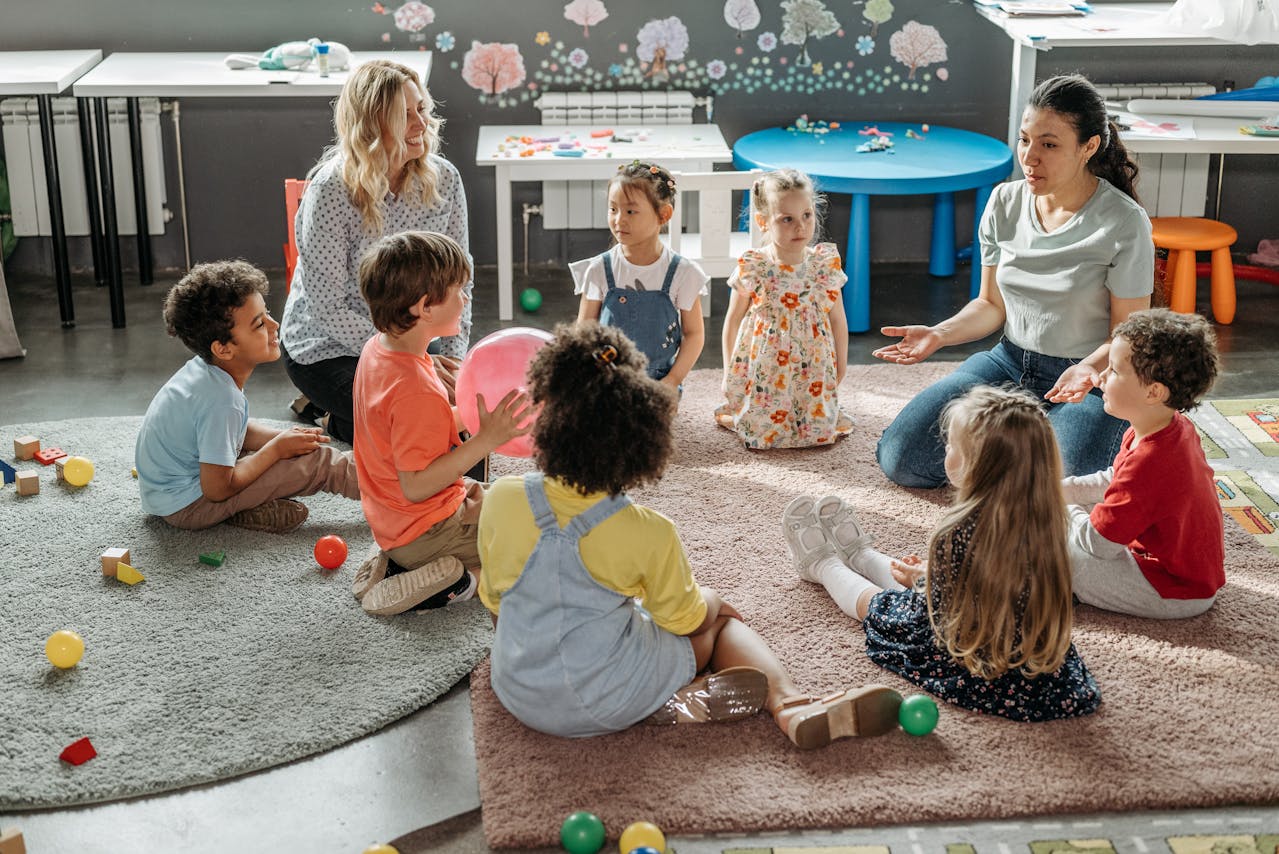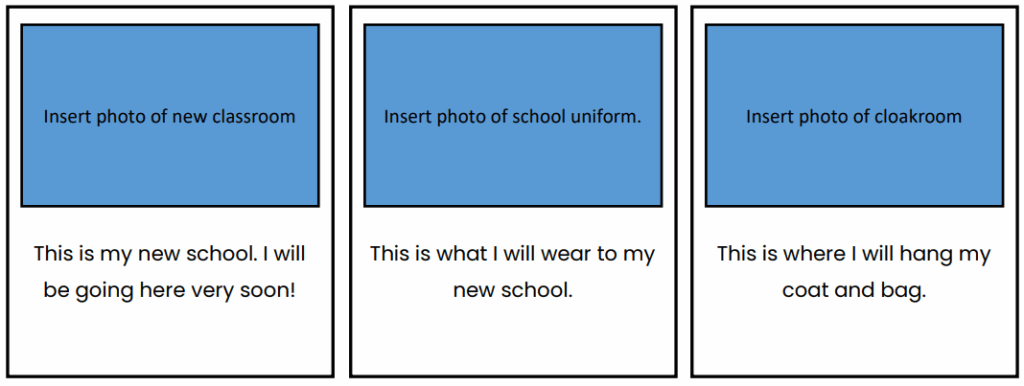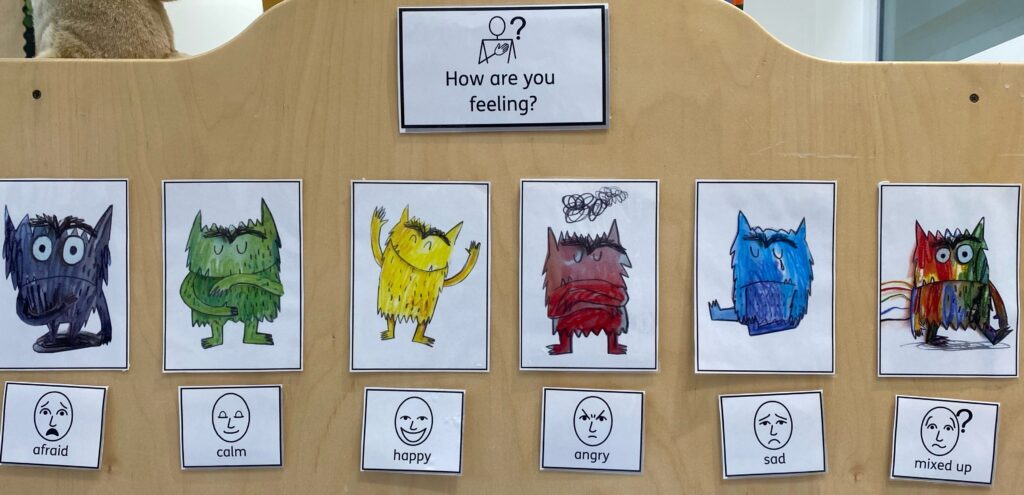Supporting transitions into school for Early Years children with Special Educational Needs or Disabilities

Transitioning into school or nursery is a huge milestone for all Early Years children that can bring with it a whole host of feelings. Some children may be excited, they love the idea of playing with new toys and being ‘grown up’. Some children may feel nervous or worried, it’s a big change, an unfamiliar environment with new adults and routines to learn. For children who have Special Educational Needs or Disabilities (SEND) it may be difficult to show you or tell you how they are feeling about the upcoming change. Whatever the feelings are, there are lots of practical things we can do to prepare children for this change and give them the best possible chance of a smooth transition.
Parents and practitioners, play a vital role in supporting children to understand an upcoming transition. The more strategies and support that can be put into place prior to the transition, the easier the transition should hopefully be. BBC Bitesize have a top tips video with useful advice that parents can try at home.
For children with SEND, transition should be thoughtfully planned and tailored towards each child’s individual needs. But where do you start? Take a look at the subheadings below for practical things you can implement and try!
Transition Booklets
A transition booklet is a document that gives information about a school or setting alongside photographs. It should be written simply so that it can be shared frequently with the child to familiarise them with their new environment.

Photographs could include:
- The classroom
- Cloakroom area
- Outdoor area
- Lunch area
- Toilets
- School hall
- Area of school where children will be dropped off/collected from
- The school office
- Key staff members
Visual Aids
Visuals aids are objects, photographs or symbols that support a child to understand or retain information more effectively. Here are some examples of visuals aids that you may wish to use with a child who is due to start Nursery or Reception.
1. Visual timetable

- What they are: A simple schedule showing the sequence of the day.
- Why they're helpful: They reduce anxiety by helping children know what to expect and when.
- How to use: Prepare children with new routines and activities. A visual timetable could be used at home first and then a similar one introduced when they start Nursery or School.
2. Now and Next Board:
- What they are: Visual boards showing a two-step sequence eg. now tidy up, next play with blocks.
- Why they're helpful: They break down tasks and reinforce routines.
- How to use: Use a ‘now and next’ board at home to help with transitions between daily activities eg. now bath time, next story. This helps children to start to recognise and cope with routines in a small and manageable way.
3. Social Stories
- What they are: Short, personalised stories with pictures that explain social situations eg. My First Day at Nursery.
- Why they're helpful: They prepare children by explaining what will happen and how to respond.
- How to use: Create a short social story to explain what will happen when they go to nursery or school. Read the story regularly to build understanding of what will happen. If you’d like to find out more, take a look at What Is A Social Story? - Carol Gray - Social Stories.
4. Visual Emotion Cards

- What they are: picture or photo cards showing faces with different emotions.
- Why they’re helpful: Help children identify and express emotions (happy, sad, angry, scared). Great for supporting emotional regulation and communication.
- How to use: Introduce the emotion cards throughout the day identifying how the child is feeling. They may not be able to identify this for themselves, adults will initially need to label their child's emotions and show the corresponding card eg. I think you’re feeling happy.
Practising Routines
Practising new routines with your child helps to build nursery or school readiness. It prepares children for new social expectations, builds confidence and independence and could also support with separation, anxiety and attachment.
Routines to practise:
- Morning routine – waking up at a regular time, building independence dressing and getting ready for nursery or school.
- Snack or lunchtime routine – building independence eating, practise sitting at a table to eat snack or lunch.
- Wearing a uniform (if appropriate) – try on any clothes that they’ll need to wear for nursery or school and get used to wearing it.
Transition Visits
Many nursery’s or schools will offer children transition visits or ‘stay and play’ sessions so that they become familiar with the environment, staff and setting before starting. For children with SEND, you may wish to ask if there are additional sessions your child could attend to give them extra opportunities to get used to the new setting and key adults. You could also ask for a transition period when your child first starts nursery or school, reducing their hours at first to help them gain confidence before starting ‘full time’.

Specialist support
When reading any advice, it is important to keep each individual child at the forefront. Think carefully about the strategies above and make a decision about which ones are appropriate to support each child. This information is intended to be used in line with your knowledge of the child. As no one child is the same, no transition support will be the same either!
If you need further support or guidance the Early Years Inclusion Service would be happy to answer any questions you may have. You can reach us by email or contact the duty line on 0191 643 3730, which is available Monday – Friday 8:30am – 12:00pm.


